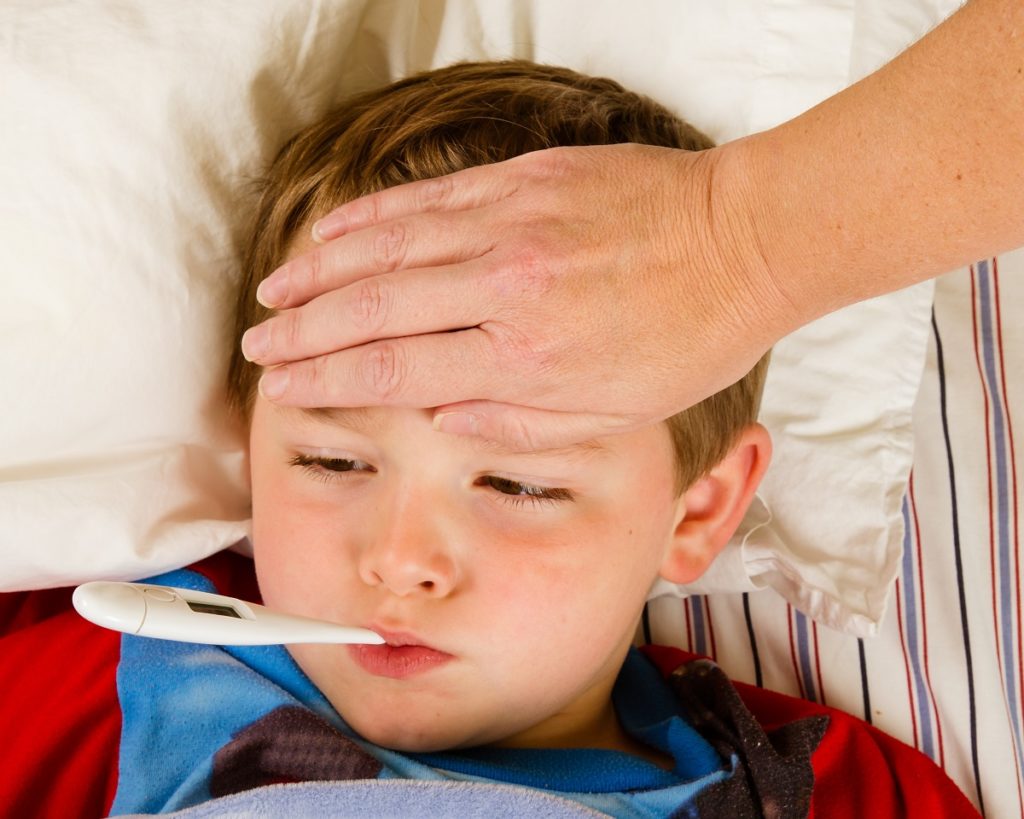Schools are incredibly important places for children to gain knowledge and develop interpersonal skills. A school setting helps a child learn about the world, make lifelong friends and experience the wonders of growing up.
However, schools are also hotspots for viruses and bacteria that can lead to illnesses. Children are especially susceptible because their immune systems haven’t been exposed to as many germs as adults’ immunity, which results in them getting sick often. While most of the illnesses can be treated at home and schools are required by law to have rooms for treating sick students, it is still important to prepare for these four common diseases.
Pink eye
Pink eye, also called conjunctivitis, is a highly contagious eye inflammation or infection that results in irritation, itchiness and discomfort. Its four main causes are bacteria, allergens, viruses and irritants such as chlorine. The most common symptoms are increased tear production, crusting of the eyelashes or eyelids and redness or swelling of the white part of the eye. Although it’s not serious and very unlikely to damage a person’s vision, children get it a lot as it spreads rapidly in schools and day-care centres.
Since it is highly contagious, the best way to prevent your child from developing it is to encourage them to wash their hands with soap and warm water as often as possible. Your child should also avoid touching or rubbing their eyes throughout the school day.
According to the NHS, most children with pink eye do not need treatment with antibiotics. If ever your child comes home with pink eye, call your paediatrician to discuss treatment options. A cool compress can provide temporary relief from the symptoms. To avoid spreading the infection to other family members, avoid sharing blankets, pillowcases and clothes.
Cold or flu
The common cold is one of the most contagious illnesses spread in schools as it is airborne and it can be spread through person-to-person contact. This illness is also notorious during rainy days, especially in schools without walkway canopies and shelters for their students.
Common cold symptoms that you need to watch out for in children are a runny nose, coughing, sore throat, sneezing, fever, muscle aches and loss of appetite. To avoid catching a cold at school, children should wash their hands often and avoid contact with anyone with the symptoms.
Chickenpox

Chickenpox is a virus that covers the body in red itchy spots. This illness appears in school-age children who are not vaccinated. In addition to its tell-tale red splotches, other chickenpox symptoms include fever, sore throat, headache, body aches and loss of appetite.
The best way to prevent your child from getting infected is to have them vaccinated. If your child develops the condition, bathe them in oatmeal to help reduce itching. You may also apply cocoa butter and vitamin E oil on their skin to prevent scarring.
Head lice
Preschool and elementary school students have the highest risk of getting head lice as they often play closely together and share items that touch their heads. While head lice are not usually dangerous, they are annoying because their bites itch and cause discomfort.
To prevent your child from getting head lice, instruct them to avoid head-to-head contact with their peers. You should also not allow your child to share combs, brushes, hair ribbons, hats or clothing with others.
For most of the illnesses listed above, home treatment and a good day’s rest in bed are all your child needs. However, if your child shows signs that aren’t normal or their symptoms worsen, seek professional medical help right away.

